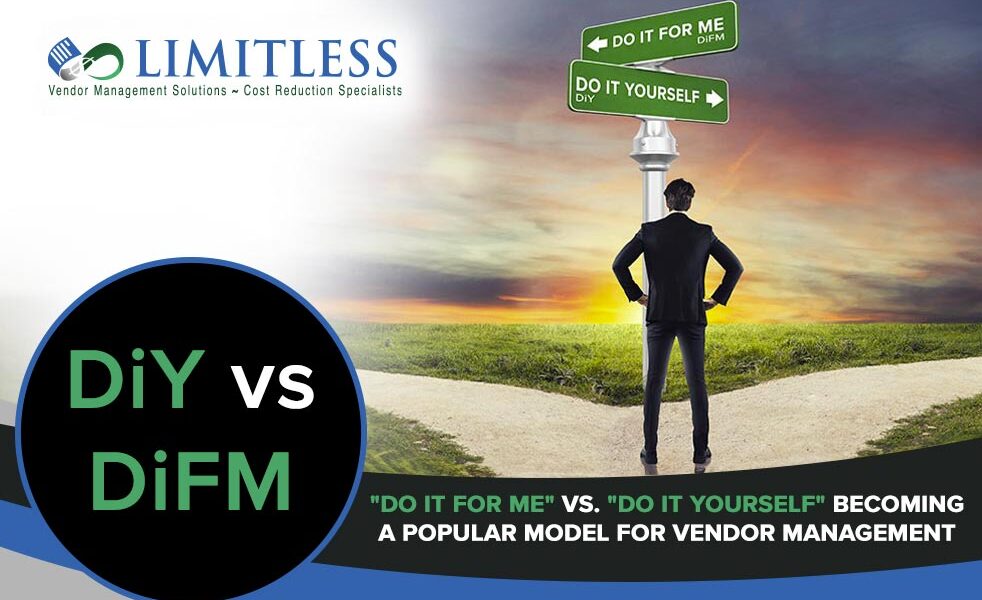Organizations cannot do business without vendors. Whether it is a telephone service provider or outsourced IT services, vendors are critical to helping operations run smoothly. Some businesses may only require a handful of vendors, while others need many more, based on the complexity of their operations. It should come as no surprise that vendor management becomes more complex as the number of vendors increases.
The vendor selection process is a critical step that happens early in the vendor relationship. By being diligent during vendor onboarding, you will prevent a lot of problems down the road. Every potential vendor should be subject to a vetting process that will assist with the selection of the best partner for an organization. Let us review what the process entails.
9 Steps to Onboard a New Vendor
At a minimum, your onboarding process should consist of the nine steps listed below. The process should be more rigorous for vendors with a higher level of criticality. Let’s examine the process further:
1. Do your Research
Make sure you’re aware of all the vendor options available to you by researching online, listening to sales pitches and asking business counterparts for recommendations.
2. Issue a Request for Proposal (RFP)
This document should be referenceable by both your organization and any potential vendor to clarify exactly what product or service is being quoted. It is recommended to send out an RFP to the top 3-5 vendors you have identified. Within the RFP, outline your organization’s business objectives and technical requirements. Make what you want to accomplish clear to the vendors, and request that they formally respond to every point in the RFP with a confirmation stating that they can meet each requirement.
3. Compare Proposals
It is a good idea to list out the features and functions that have been included in the RFP. You will be better prepared to draft a pros and cons list of each vendor if you create a comparison tool, including details such as where each vendor excels or any critical requirements that may be lacking.
4. Complete a Vendor Risk Assessment
This crucial step will determine if the vendor is high, moderate or low risk to your organization, as well as whether they’re critical or non-critical. The results of this assessment will factor into the due diligence you will collect.
5. Collect Due Diligence
Do your homework. The due diligence requirements are going to vary depending on the criticality and risk level of the vendor. The more critical or risky the vendor, the more detailed your process should be. The list below provides you a set of guidelines that should ALWAYS be followed:
- Mutual Non-Disclosure Agreement (MNDA) or Confidentiality Agreement
- Basic Information (i.e., full legal name, address, all physical locations, Website URL)
- Ownership structure and affiliated companies
- Tax ID
- State of Incorporation
- Articles of Incorporation
- Secretary of State Check
- Business License
- Certificate of Good Standing
- Credit Report
- OFAC/PEP Checks
- Any “doing business as” or “also/previously known as”
- Dun & Bradstreet (D&B) Report
- Research online complaints and customer reviews
- Vendor negative news search findings
- List of subcontractors
- Picture or Google map view of the facility (if required)
- Check the CFPB Complaint Database and/or Better Business Bureau rating
6. Obtain References
After narrowing down your list of preferred vendors, ask them for professional references or case study/customer success story documentation. It is always a best practice to learn about the customer’s firsthand experience by speaking to someone or reading more about the product/service.
7. Develop an Exit Strategy
Now that you have compared vendors and completed your due diligence, it is time to sign the contract.
One important thing many people overlook is an exit strategy. You need to consider a backup plan if the vendor relationship strays off course. This should be done before you ever sign the contract. You never know what may happen in the future, and a second source may be the best solution, even if it means sharing the volume between 2 vendors.
In the event you need to move on from a particular vendor, you’ll want to know some important things:
- How will your data be returned to you or destroyed?
- How quickly you can replace the vendor or bring the product/service in-house?
- Who is your backup vendor?
8. Keep Senior Management and the Board Informed
Throughout the entire onboarding process keep senior management and the board updated. Be sure to present them with a summary of the due diligence, risk assessment, your planned ongoing monitoring and the proposed contract prior to signing on the dotted line.
9. Perform External Vendor Audits
While your staff is incredibly talented, there are certain competitive and cross-industry-related benchmark analytics and analysis tools that most do not possess internally. Because these capabilities are missing you should seek external expertise to review, analyze, recover and optimize spending and contractual terms related to your vendors. This exercise alone can save 10’s, 100’s even millions of dollars if enough spend categories are looked at on a monthly or at minimum* annual basis. (*NOTE: Often times contractual clauses restrict you from going past 90 or 180 days for recoveries on misappropriated billings. These too must be looked at and corrected when found, if they are determined to be a contractual risk element. Best to seek external expertise to assist in this process.)
These 9 steps will save you from contracting with the wrong provider. Doing your due diligence right away helps guarantee that you are selecting the best vendor in the space and the best fit for your organization.
Limitless Technology, LLC has been managing complex indirect spend and vendor documentation since 2006 for some of the largest companies in the USA saving them millions in costs.
Through our Billing Optimization and Vendor Management Solutions proprietary platforms, we utilize technology, processes, expertise, time, and resources to improve our client’s bottom line.
Limitless Technology manages your vendors, so you can manage and grow your business.
For Additional Information Contact us at 407.330.4466




